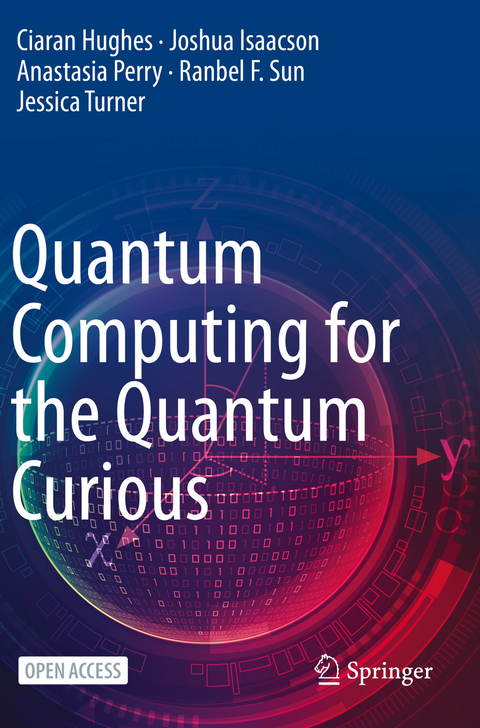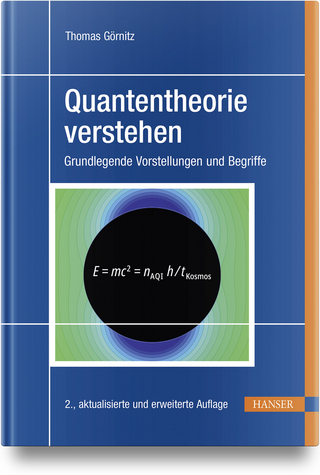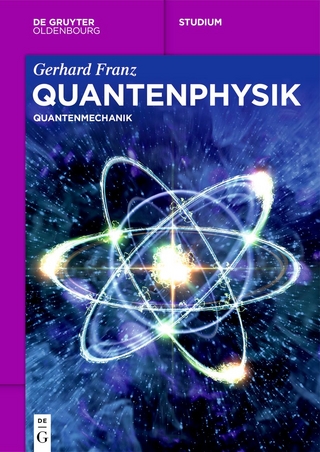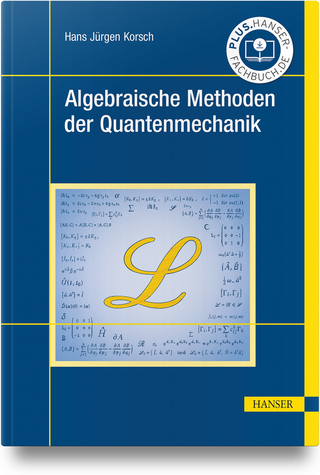
Quantum Computing for the Quantum Curious
Springer International Publishing (Verlag)
978-3-030-61603-8 (ISBN)
This classroom-tested textbook uses simple language, minimal math, and plenty of examples to explain the three key principles behind quantum computers: superposition, quantum measurement, and entanglement. It then goes on to explain how this quantum world opens up a whole new paradigm of computing.
The book bridges the gap between popular science articles and advanced textbooks by making key ideas accessible with just high school physics as a prerequisite. Each unit is broken down into sections labelled by difficulty level, allowing the course to be tailored to the student's experience of math and abstract reasoning. Problem sets and simulation-based labs of various levels reinforce the concepts described in the text and give the reader hands-on experience running quantum programs.
This book can thus be used at the high school level after the AP or IB exams, in an extracurricular club, or as an independent project resource to give students a taste of what quantum computing is really about. At the college level, it can be used as a supplementary text to enhance a variety of courses in science and computing, or as a self-study guide for students who want to get ahead. Additionally, readers in business, finance, or industry will find it a quick and useful primer on the science behind computing's future.
lt;p>Ciaran Hughes received his PhD in Theoretical Physics from the University of Cambridge. Afterwards, he moved to the Theoretical Physics Division at the Fermi National Accelerator Laboratory. His research involves understanding how the smallest particles in the universe talk to one another in order to create the world we live in. Particularly, his research includes calculating quantum phenomena associated with the strong force of nature using high performance computing and quantum computing. Utilizing these techniques, his research strives to find new particles and forces of nature which have never been seen before.
Joshua Isaacson obtained his undergraduate degree from Case Western Reserve University and his PhD from Michigan State University in physics. He is currently working as a postdoctoral researcher at Fermi National Accelerator Laboratory. His research interests are fairly broad, ranging from simulating events at the Large Hadron Collider to topics related to quantum computing. He became involved with quantum computing as a means to improve the algorithms used at the Large Hadron Collider.Contents.- 1 Introduction to Superposition.- 2 What is a Qubit?.- 3 Creating Superposition: The Beam Splitter.- 4 Creating Superposition: Stern-Gerlach.- 5 Quantum Cryptography.- 6 Quantum Gates.- 7 Entanglement.- 8 Quantum Teleportation.- 9 Quantum Algorithms.- 10 Worksheets.- Appendices.- Alphabetical Index.- Acknowledgments.- Answers.
| Erscheinungsdatum | 24.03.2022 |
|---|---|
| Zusatzinfo | XV, 150 p. 133 illus., 98 illus. in color. |
| Verlagsort | Cham |
| Sprache | englisch |
| Maße | 155 x 235 mm |
| Gewicht | 266 g |
| Themenwelt | Naturwissenschaften ► Physik / Astronomie ► Quantenphysik |
| Naturwissenschaften ► Physik / Astronomie ► Theoretische Physik | |
| Schlagworte | Introduction to quantum computing • introduction to quantum cryptography • open access • Quantum Algorithms • quantum computing for high school students • Quantum Computing Textbook • quantum gates • Quantum key distribution • quantum superposition • what is a qubit? |
| ISBN-10 | 3-030-61603-7 / 3030616037 |
| ISBN-13 | 978-3-030-61603-8 / 9783030616038 |
| Zustand | Neuware |
| Haben Sie eine Frage zum Produkt? |
aus dem Bereich


